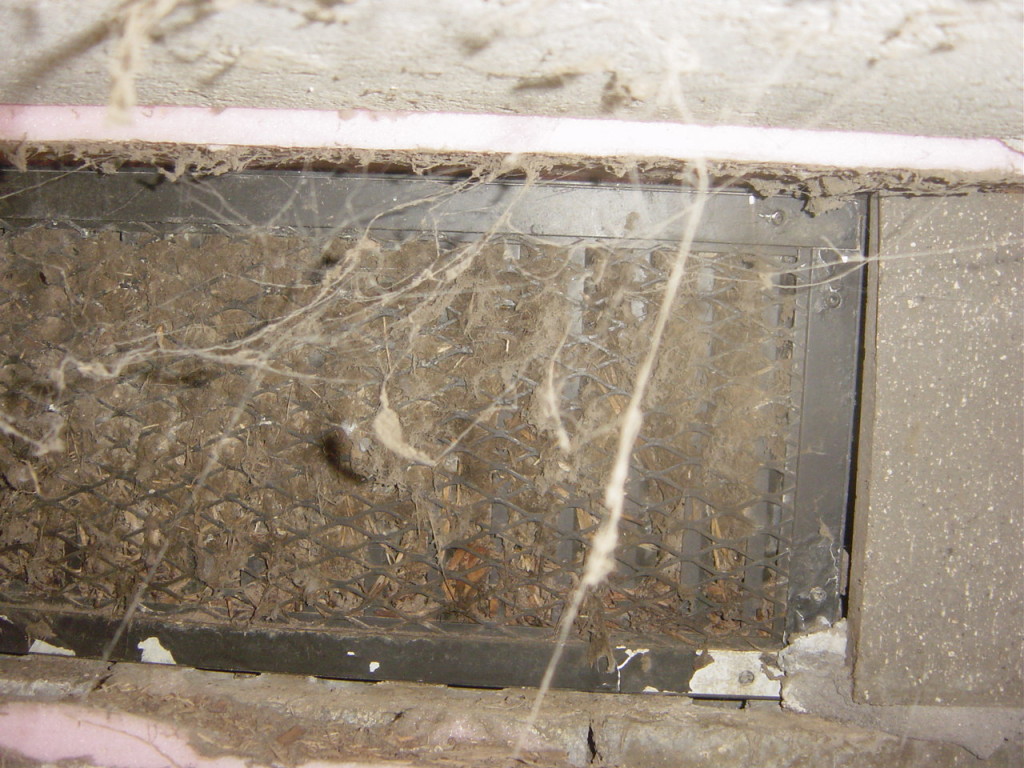“Exposure to CO2 can result in drowsiness, eye irritation, and inability to concentrate. If a ventilation system provides inadequate fresh-air intake, levels of CO2 in the classroom can rise dramatically during the course of a classroom session.” Brian W. Smith
Have you ever tried reading a book while feeling drowsy? It’s not unusual to read sentences several times before they really sink in which is not a very efficient way to learn. It’s even worse being drowsy while taking a test. It’s difficult to get high marks when concentration is lacking.
Carbon dioxide levels in the classroom have been shown to be directly related to a students alertness and ability to concentrate. High levels of carbon dioxide indicate a lack of fresh air intake and that negatively affects the health, attendance rate and learning ability of students.
“Increases in indoor CO2 concentrations… were associated with statistically significant and meaningful reductions in decision-making performance.” Usha Satish
Normal outside air contains carbon dioxide (CO2) at a level around 400 (normally noted as parts per million or ppm which will be left off for sake of simplicity and ease of comparison).
The accepted standard CO2 level in a classroom is 1000. That level is easy to maintain when a classroom is empty. Fill the classroom up with a bunch of students and the level of CO2 rises dramatically. That’s because carbon dioxide makes up a part of every breath you exhale causing the levels to rise as more people gather.
“…increasing classroom ventilation rates, above the State standard, would substantially decrease illness absence and produce economic benefits.” M. J. Mendell
A study of classrooms in the California school system found carbon dioxide levels as high as 2200, more than twice the recommended level, and almost 3 times the level you would expect to find in an office setting. A study done in Texas found carbon dioxide levels over 3000 in 21% of the classrooms tested! Those are not levels that are conducive to efficient learning!
Energy Efficiency Needed to Improve Air Quality
Maintaining healthy carbon dioxide levels requires bringing in fresh outside air and mixing it with inside air in order to dilute the rising CO2. It’s like adding cold water to a bathtub that’s too hot to step into.
In climates where there are extremes in temperature, that dilution comes with a cost. You have to either heat up or cool down the outside air as it enters the classroom. If you wanted to keep costs to a minimum you could just block off all outside air but that comes with an expense beyond the dollars and cents! Blocking the fresh air is not a healthy solution and often results in the condition known as “sick building syndrome”. Here is a picture of blocked air inlets which prevented outside air from entering a local classroom:
An energy efficient way to bring in outside air is to use a system that pre-heats or pre-cools the incoming air using the energy already paid for in the exhaust air. It reduces wasted energy, lowers utility costs, and improves the quality of classroom air all at the same time.
There are many energy efficient solutions that are helping schools and businesses maintain a healthy indoor environment at a minimum expense. Those solutions have been shown to increase productivity, reduce rates of absenteeism, promote learning and maintain health in the classroom as well as in the workplace.
Knowing the CO2 levels of schools and businesses is strong indicator of the resultant productivity!


Good article, I’d add that in addition to tempering the outside air, remove moisture.